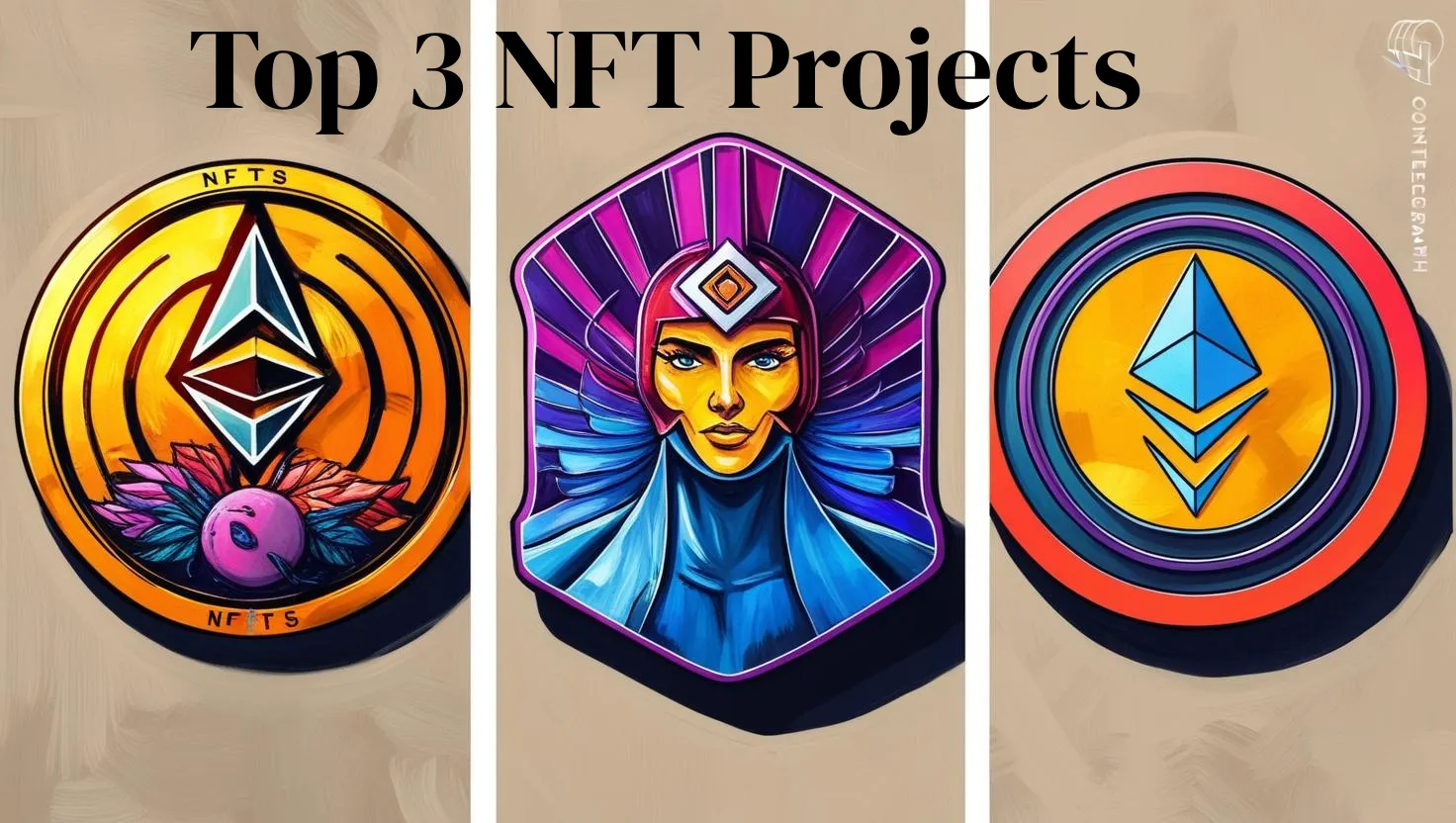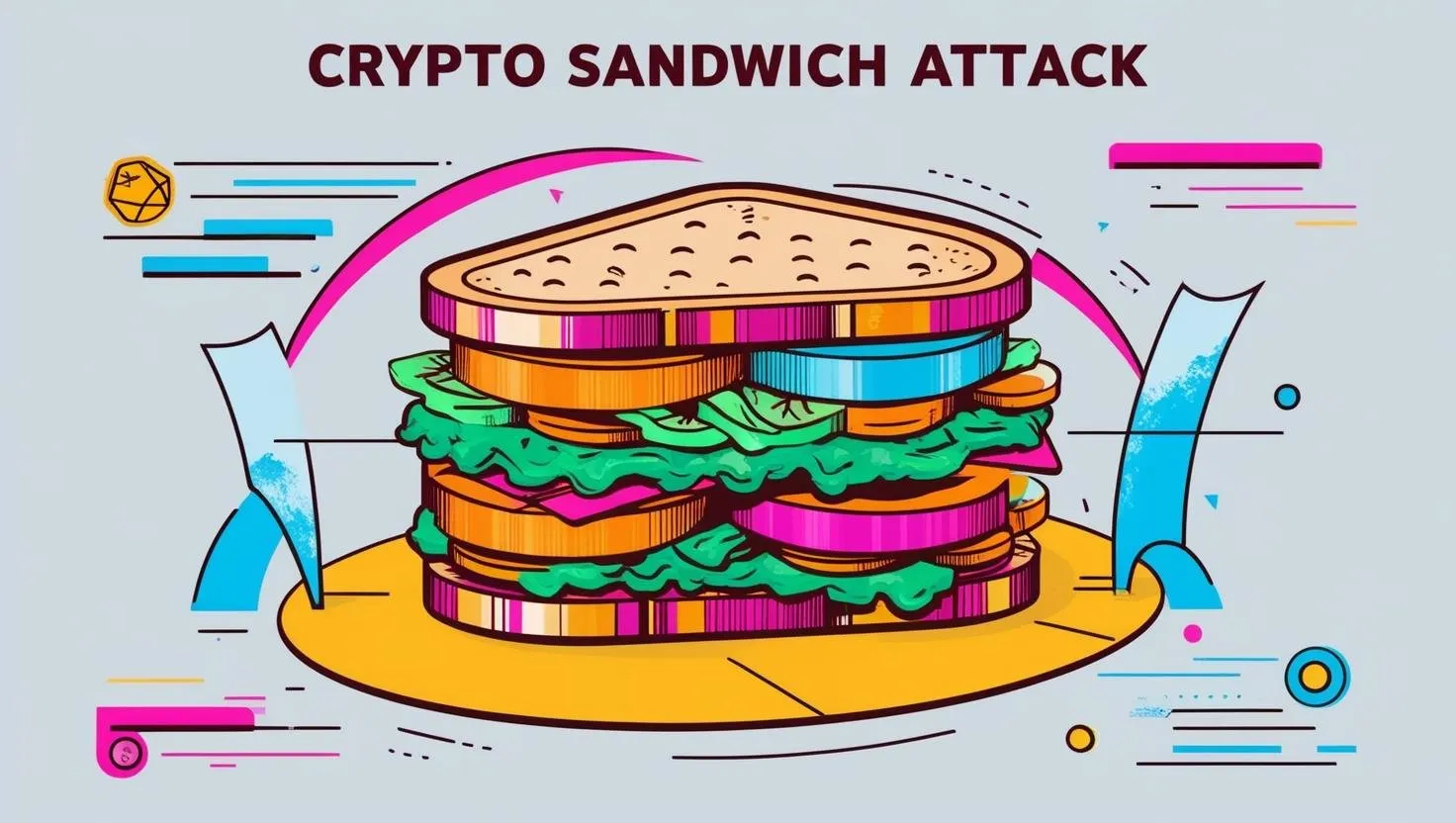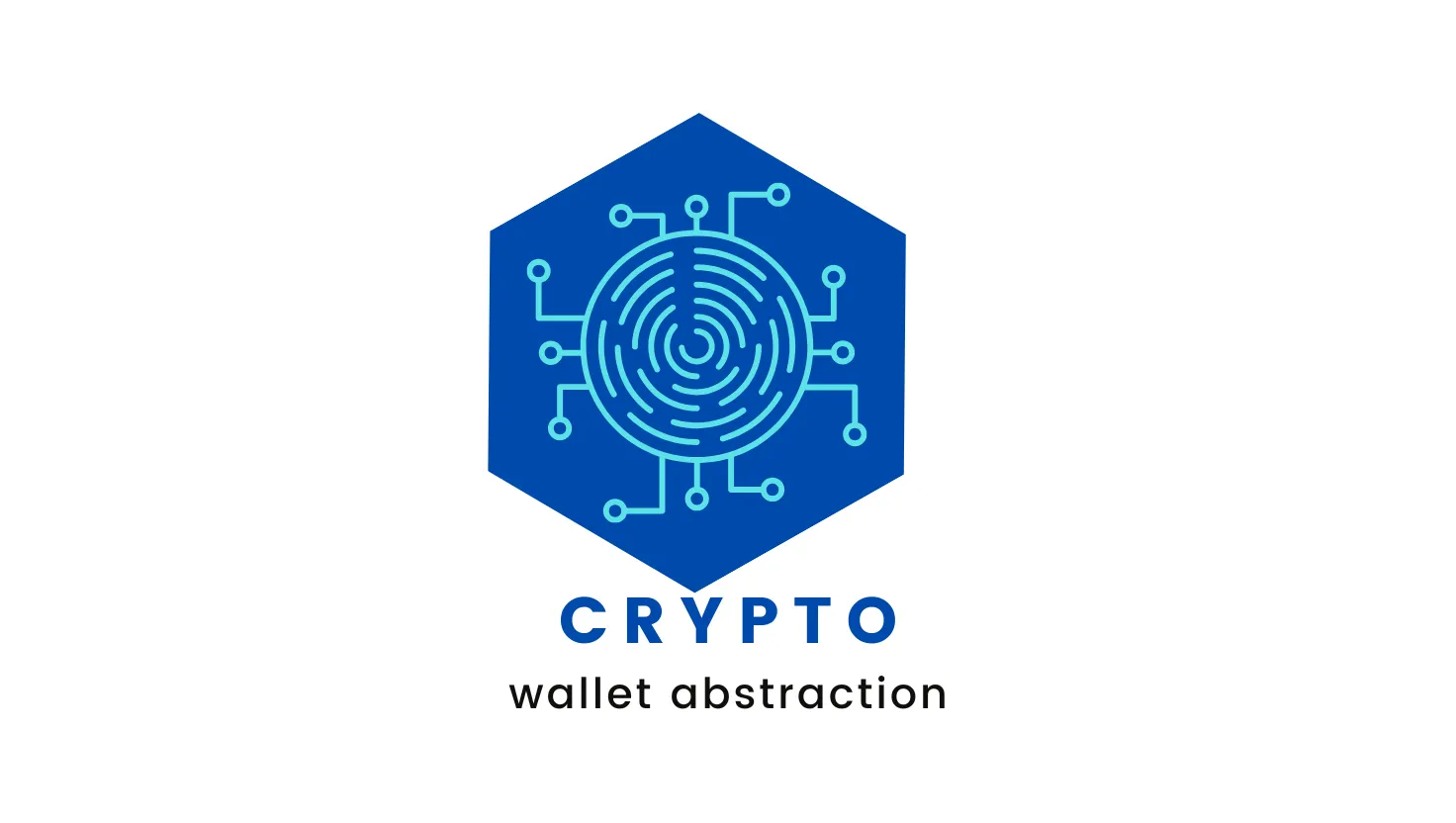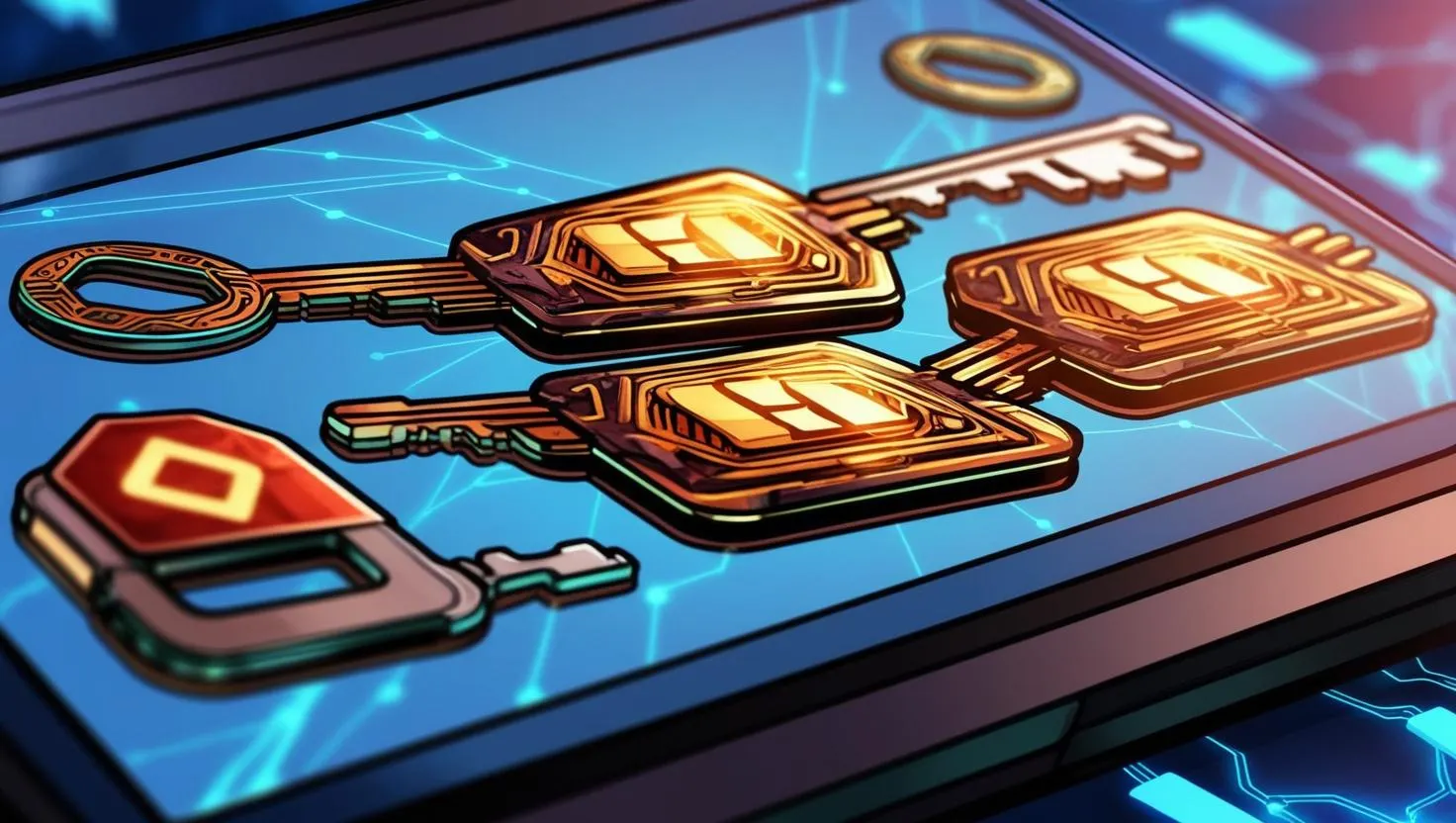The Bridge Builders and the Bridge Breakers: A Look at Blockchain Bridge Security
The Bridge Builders and the Bridge Breakers: A Look at Blockchain Bridge Security
Jan 18, 2025
Blockchain bridges protocols are crucial for interoperability between different blockchains, allowing users to transfer assets across them. However, they have become a prime target for hackers due to their complexity and the large sums of value flowing through them. Here's a breakdown of blockchain bridge hacks:
How They Work:
- Bridge Functionality: Bridges essentially act as intermediaries, facilitating the transfer of assets from one blockchain (e.g., Ethereum) to another (e.g., Binance Smart Chain).
- Key Mechanisms:
- Locking: When you initiate a transfer, your assets are "locked" on the source blockchain within a smart contract.
- Minting: An equivalent amount of assets is then "minted" on the destination blockchain, allowing you to use them there.
- Burning: Upon withdrawal, the minted assets on the destination blockchain are "burned" (destroyed), and your original assets are released on the source blockchain.
Common Hacking Techniques:
- Exploiting Smart Contract Vulnerabilities:
- Logic Errors: Flaws in the bridge's code, such as incorrect calculations, missing checks, or unintended interactions, can be exploited by hackers.
- Reentrancy Attacks: Hackers can manipulate the execution flow of a smart contract to repeatedly withdraw funds.
- Overflow/Underflow: Incorrect handling of large numbers can lead to unexpected behavior and potential losses.
- Social Engineering and Network Attacks:
- Compromising Validators: If a bridge relies on a network of validators, attackers can attempt to compromise a majority of them to approve fraudulent transactions.
- Phishing Attacks: Hackers can trick users into revealing their private keys or approving malicious transactions.
- Data Manipulation:
- False Deposit Events: Attackers can manipulate data to create fake deposit events, triggering the minting of assets without any actual deposit.
- Invalid Proof Submissions: Bridges often rely on cryptographic proofs to verify transactions. Attackers can attempt to submit invalid proofs that are accepted by the system.
High-Profile Examples:
- Wormhole: Hackers exploited a vulnerability to mint $320 million worth of ETH.
- Nomad: A critical bug allowed attackers to drain over $190 million across various blockchains.
- Ronin Network (Axie Infinity): Hackers compromised five of nine validator nodes to steal nearly $625 million.
Consequences:
- Significant Financial Losses: These hacks result in substantial financial losses for users, protocols, and the broader cryptocurrency ecosystem.
- Erosion of Trust: They undermine trust in blockchain technology and the security of decentralized finance (DeFi) protocols.
- Regulatory Scrutiny: Increased scrutiny from regulators, potentially leading to stricter regulations on the industry.
Mitigating Risks:
- Thorough Audits: Independent security audits are crucial to identify and address vulnerabilities in bridge contracts.
- Formal Verification: Employing formal verification techniques can help prove the correctness of smart contract logic.
- Multi-Signature Approvals: Implementing multi-signature approval mechanisms for critical operations can enhance security.
- Regular Upgrades and Patches: Promptly addressing any identified vulnerabilities through software updates is essential.
- User Education: Educating users about the risks of phishing attacks and the importance of security best practices.
Disclaimer: This information is for general knowledge and educational purposes only and does not constitute financial or investment advice.































































































